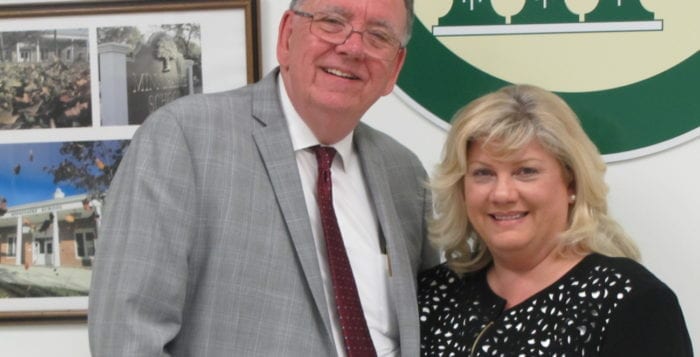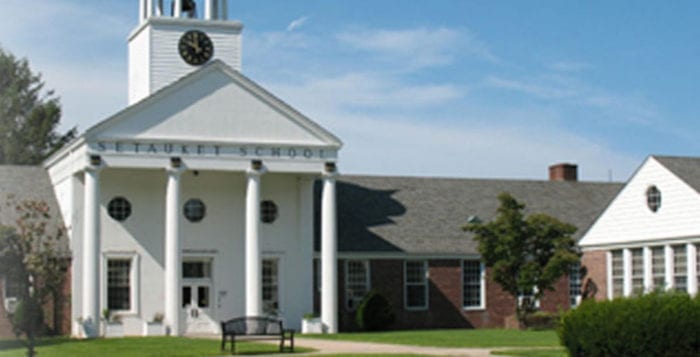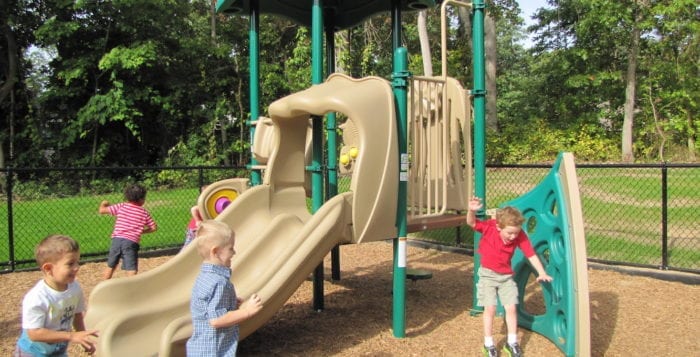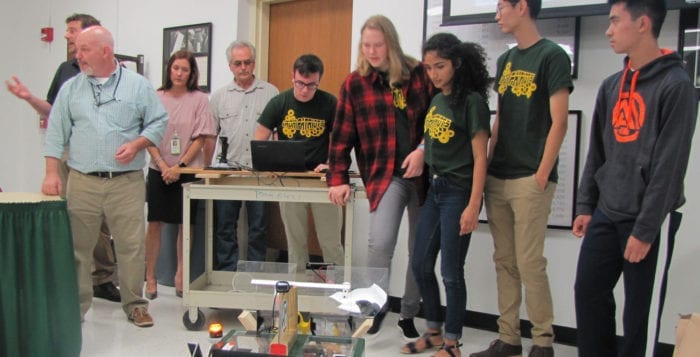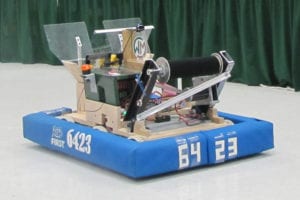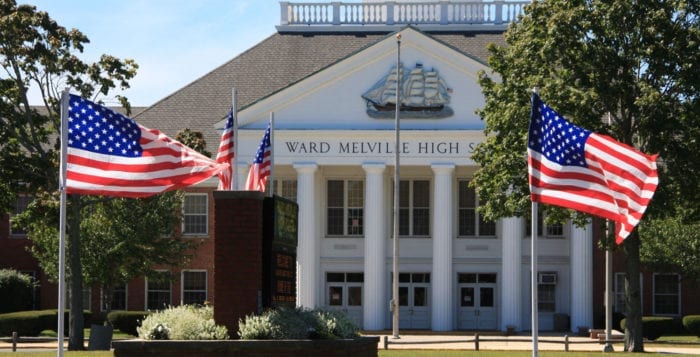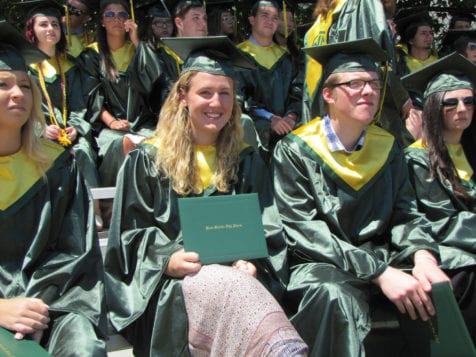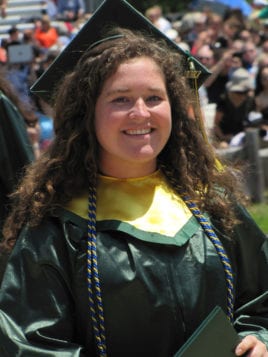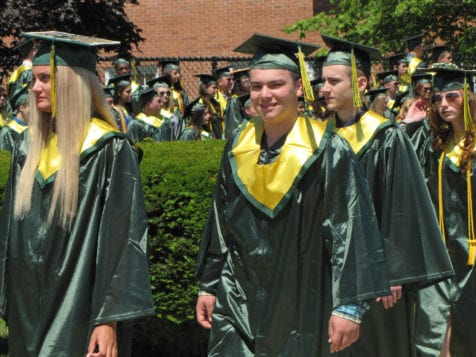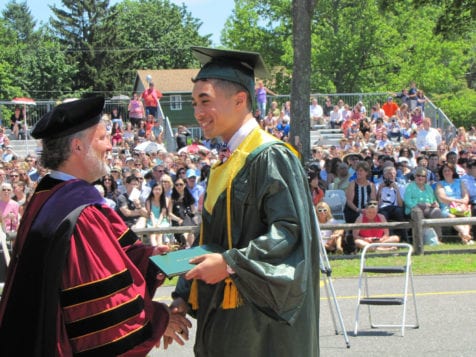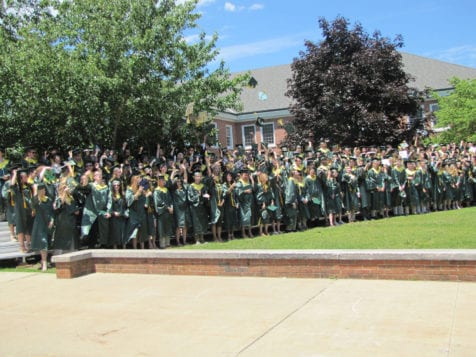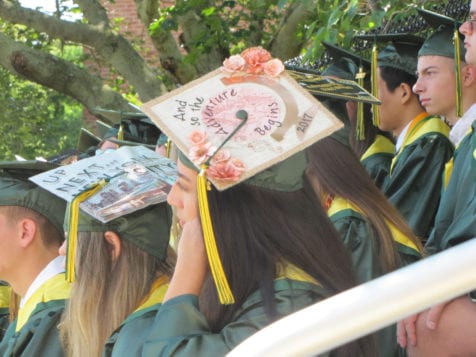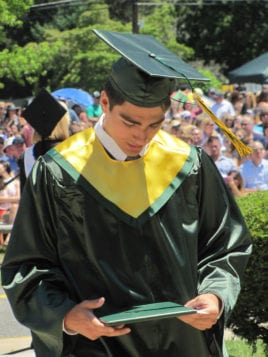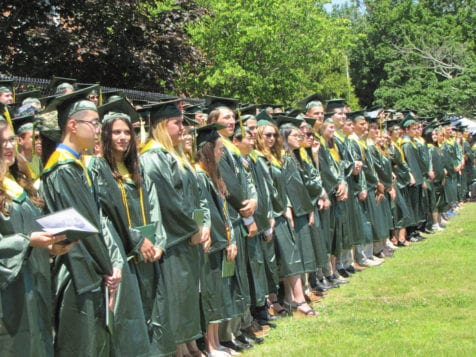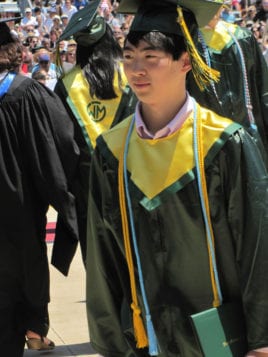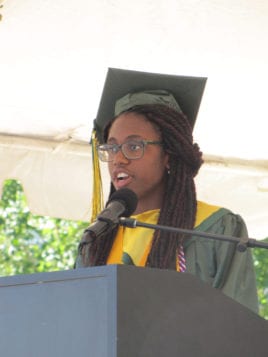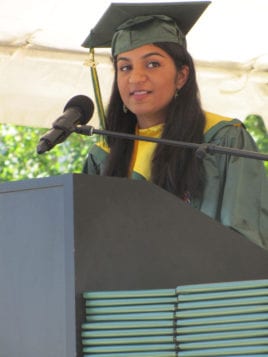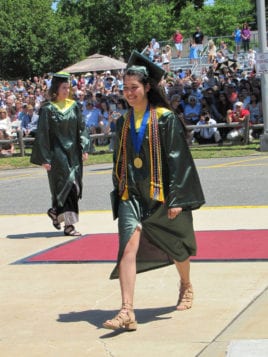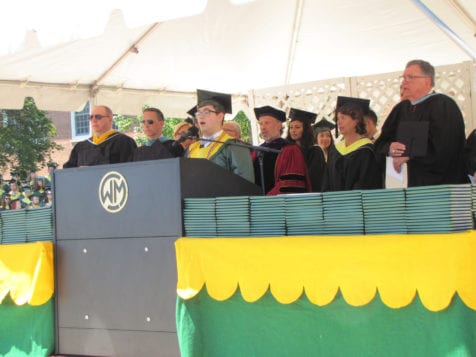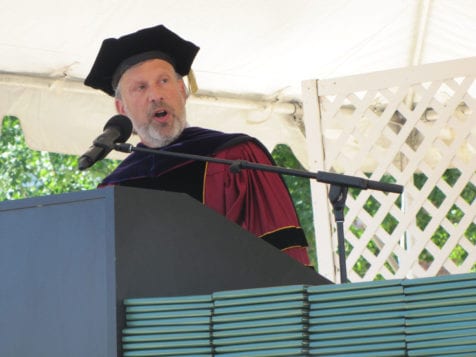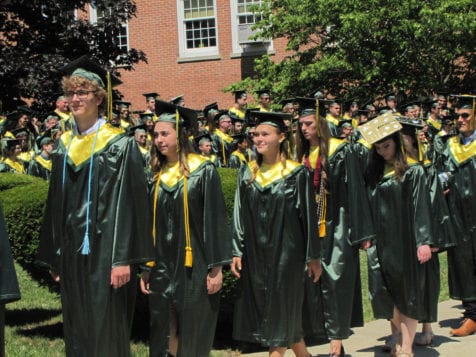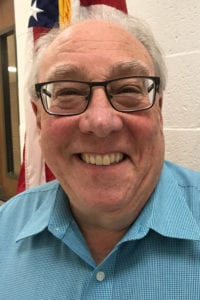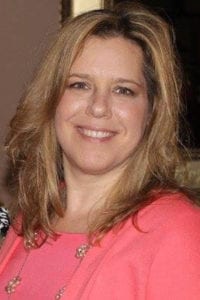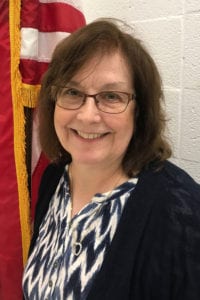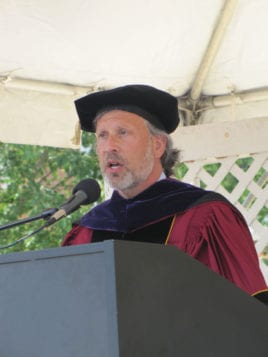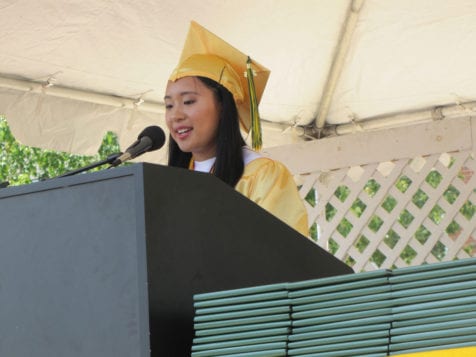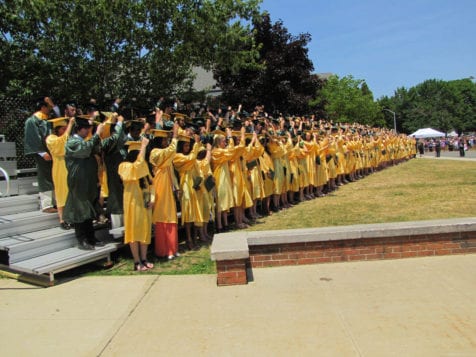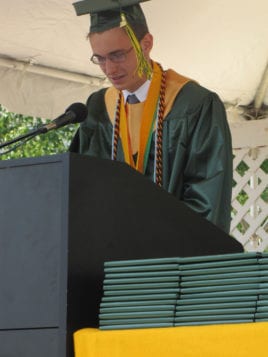By Andrea Paldy
The Three Village school budget passed with an overwhelming majority May 15.
Of the 1,948 votes cast, 72 percent were in favor of the $209.8 million budget for the 2018-19 school year with 1,412 yes votes and 536 voting no.
Spending will remain within the 1.97 percent cap on the tax levy increase and include enhancements to the well-being of students, as well as to the elementary science and music programs.
Three Village superintendent Cheryl Pedisich was appreciative of residents’ support, saying that Tuesday’s result is a reflection of their values.
“I am most proud of our ability to sustain programs and services we value most without reducing any for budgetary needs.”
— Cheryl Pedisich
“I am most proud of our ability to sustain programs and services we value most without reducing any for budgetary needs,” she said.
“It’s a real affirmation and validation,” said board president William Connors.
He acknowledged that residents “pay a lot of taxes” and said he appreciated their confidence in the board and the administration’s fiscal responsibility.
A small increase in state aid, along with shrinking enrollment and retirements, helped pave the way to some budget additions. Those include another high school guidance counselor and district psychologist and an assistant athletic trainer, officials said. The elementary grades will benefit from the addition of a third-grade orchestra program, along with new assistant teachers to help prepare for the 2020 implementation of the Next Generation Science Standards, which addresses disciplinary core ideas, scientific and engineering practices and cross-cutting concepts.
The district will restructure and combine some of its administrative positions by introducing a chair of foreign language and English as a New Language for kinder-garten through 12th grade. It will also create two coordinating chairs of physical education and health to oversee elementary and secondary grades.
There will also be change at Ward Melville High School. Principal Alan Baum will become executive director of secondary curriculum and human resources and move to the North Country administration building. William Bernhard, currently principal at P.J. Gelinas Junior High, will step into a new role as principal at Ward Melville.
Board president Connors and trustee Deanna Bavlnka ran unopposed to retain their board seats for three more years.
“I’m thrilled,” Connors said about starting his third term. “I enjoy what I’m doing.”
Before rejoining the board in 2012, he had served on the Three Village school board from 1994-2006. When he and his wife moved to Three Village 46 years ago, he said, it was because of the quality of the schools.
“It’s a real affirmation and validation.”
— William Connors
After 18 years of board service, it is “fulfilling to have had an impact on the educational programs,” he said.
Bavlnka, who has served on the board since 2011, said she’s excited and particularly pleased with the positive community engagement. With the goal of fostering communication and interaction between parents and Three Village faculty and administrators, Bavlnka has maintained the Facebook page, Three Village Connection, since 2013. She said she is proud to see that it has been a success.
Other district news
Three Village will enter into a new contract with Suffolk Transportation Service Inc., the bus company that currently provides student transportation to and from school, field trips and athletic events. While contracts between school districts and bus companies can be extended at a rate increase equal to the consumer price index, if both parties agree, the CPI has been low, and Suffolk Transportation did not want an extension of the old contract, said Jeff Carlson, assistant superintendent for business services.
After sending out requests for proposals and considering three bus companies, the school district chose to continue with Suffolk Transportation and will pay an increased rate of 16 percent, Carlson said. The district will extend its contract with Acme Bus Corp., which provides mini-bus service, without a rate increase.
Following the resignation of the district’s treasurer, who will be attending graduate school, the administration has decided not to refill the position. Instead, it will assign treasurer duties to another staff member and issue a $10,000 a year stipend. This will save the district $70,000, Carlson said.

